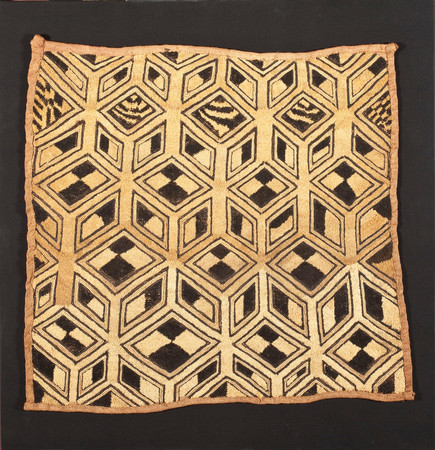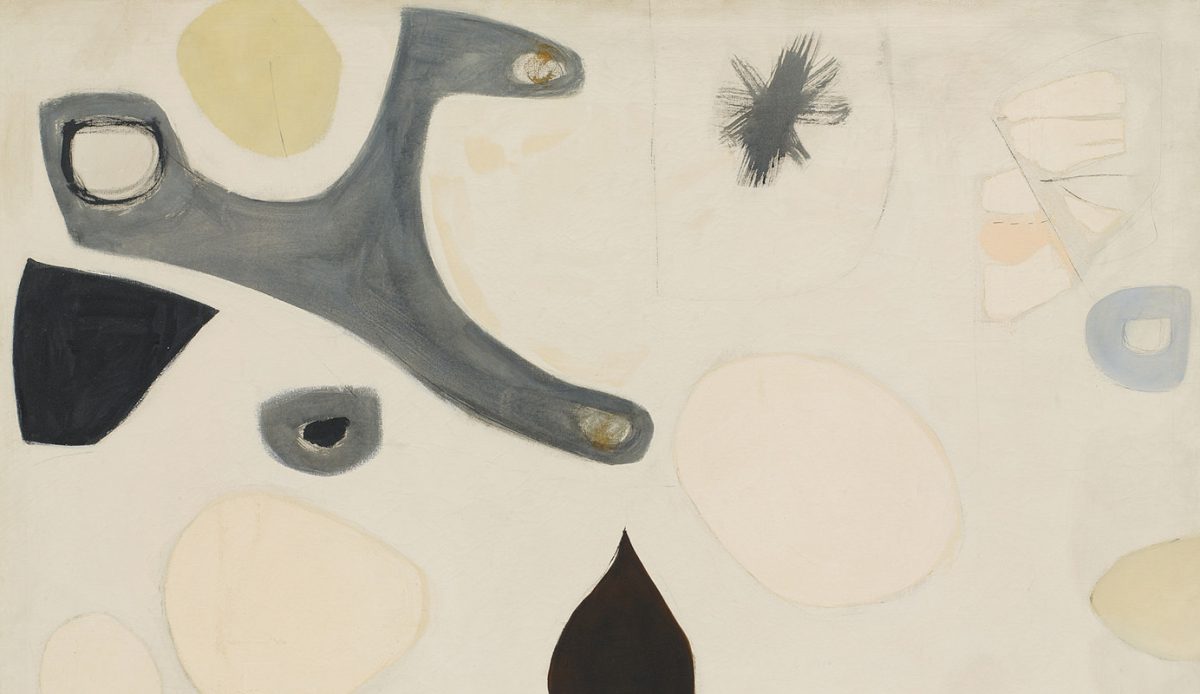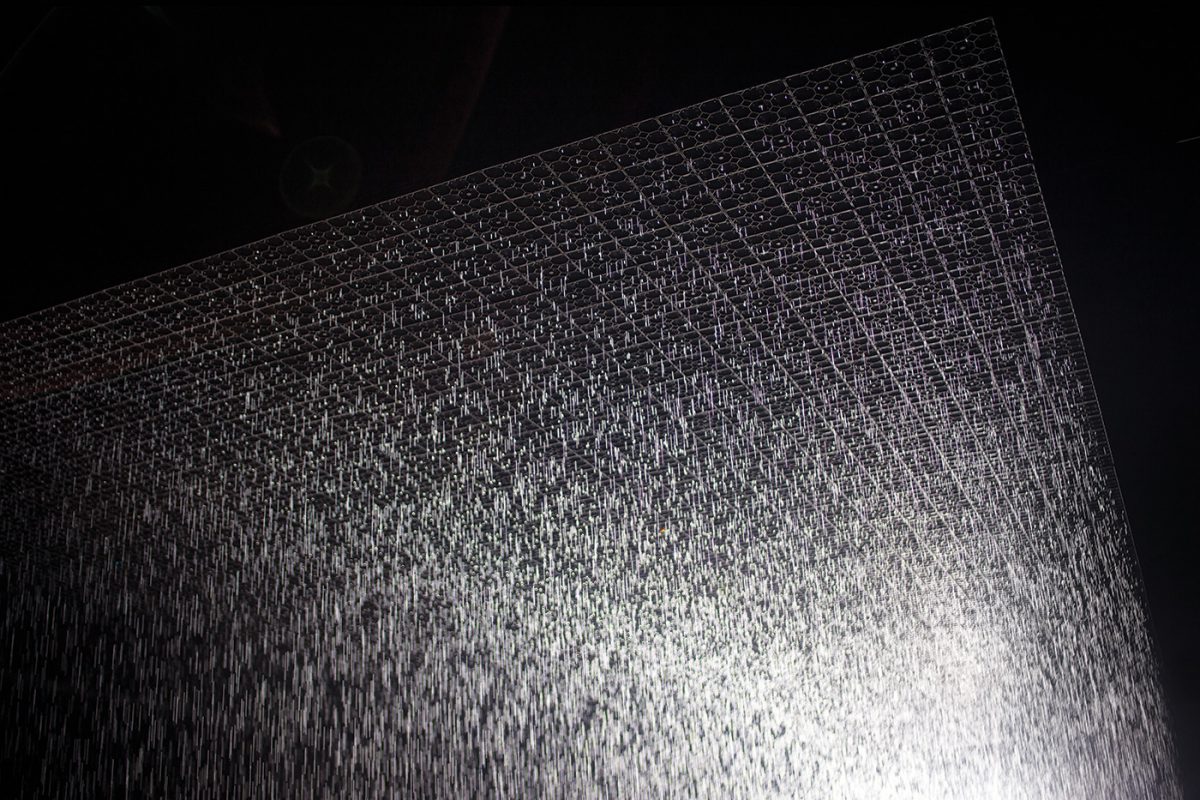The Los Angeles County Museum of Art (LACMA) presents a major exhibition celebrating the formidable legacy of Gemini G.E.L. (Graphic Editions Limited), the renowned Los Angeles workshop and publisher that has transformed American printmaking and the Los Angeles arts community. The Serial Impulse at Gemini G.E.L. explores the workshop’s collaborative methods and embrace of technical innovation, which provided artists with the resources to produce groundbreaking work, through notable serial projects. Artists at Gemini have engaged, and continue to engage, a variety of approaches to serial production, resulting in some of the workshop’s most significant publications. The Serial Impulse at Gemini G.E.L. presents a selection of these notable projects, many of which have rarely been displayed in their entirety, from seminal works by Jasper Johns, Robert Rauschenberg, and Frank Stella to more recent series by Julie Mehretu and Richard Serra.
“The Serial Impulse at Gemini G.E.L”. was organized by the National Gallery of Art, Washington, on the occasion of Gemini’s 50th anniversary, where it was on view October 4, 2015–February 7, 2016. LACMA’s exhibition—co-curated by Leslie Jones, curator of prints and drawings, and Naoko Takahatake, associate curator of prints and drawings— will showcase nine of the 17 serial projects presented in Washington, D.C. Unique to the Los Angeles presentation is a selection of seven additional serial projects drawn from the museum’s permanent collection with supplemental loans from Gemini G.E.L. and the Grinstein family.
Furthermore, the Los Angeles exhibition will highlight meaningful connections forged between the artists, Gemini, and LACMA over the past 50 years. For centuries, artists have produced series to develop thematic, narrative, literary, and formal imagery in a sequential manner. This practice was especially prevalent in the 1960s as Conceptual, Minimalist, and Pop artists adopted the serial format to explore the potential of systems and structures related to such notions as rational order and mass production. Artists at Gemini have engaged, and continue to engage, a variety of approaches to serial production, resulting in some of the workshop’s most significant publications. The Serial Impulse at Gemini G.E.L. presents a selection of these notable projects, many of which have rarely been displayed in their entirety, from seminal works by Jasper Johns, Robert Rauschenberg, and Frank Stella to more recent series by Julie Mehretu and Richard Serra.
“For the past half-century the work produced at Gemini has informed the aesthetic sensibilities of Los Angeles’s culture. To this day, Gemini remains a highly influential and pioneering workshop,” said Michael Govan, LACMA CEO and Wallis Annenberg Director. “Pivotal works produced at Gemini have been integral to the museum’s permanent collection, monographic exhibitions, and programs.”
“Gemini’s spirit of collaboration and its technical experimentation fostered significant artistic achievement,” commented co-curators Leslie Jones and Naoko Takahatake. “Gemini has worked with the most notable and influential artists of the 20th and 21st centuries, and The Serial Impulse at Gemini G.E.L. proudly presents landmarks of American printmaking from the past five decades.”
Co-founder Sidney Felsen adds, “Gemini started in 1966 as a lithography studio, and by 1968 we completed our first sculpture edition. Within a few years, etching, screenprinting and woodblock printing were added as well as three-dimensional editions using metal, wood,fabrics, rubber, plastic—anything the artist wanted. We’ve always told the artists they can work in any medium or combination of media they chose, and they are encouraged to experiment as much as needed and stay as long as they possibly can.”
About GEMINI G.E.L.
Gemini G.E.L. was established in 1966 by co-founders Sidney B. Felsen, Stanley Grinstein, and Kenneth Tyler along with co-owners Elyse Grinstein and Rosamund Felsen. Over its 50- year history, Gemini has worked with 74 different artists and engaged more than 150 talented and resourceful printers to produce some 2,300 editions. Gemini is recognized for inviting artists to work at its space for extended periods, thus making the workshop an environment conducive to serial production. These long residencies have enabled artists to conceive and realize ambitious projects and to develop close working relationships with Gemini’s printers and fabricators. Additionally, this unique practice has attracted artists from across the country to produce seminal works in Los Angeles.
Exhibition Highlights
The Serial Impulse at Gemini G.E.L. presents series from different periods of Gemini’s history. These works demonstrate the great variety of artistic approaches to the notion of series, while drawing visual and conceptual connections between them. Some exhibition highlights include:
Josef Albers’s White Line Squares (1966), the first edition produced by Gemini. This series of 16 vibrant prints premiered at LACMA in 1966, a year after the museum opened on the Wilshire campus.
Robert Rauschenberg’s first project at Gemini was the series Booster and 7 Studies (1967). At the time of its making, Booster, a six-foot “self-portrait” that features life-size X-ray images of the artist’s body, was the largest hand-pulled lithograph ever printed. This ambitious series established Gemini’s reputation for technically innovative projects.
Roy Lichtenstein’s series of seven prints called Expressionist Woodcuts, published by Gemini in 1980. In 1978, Roy Lichtenstein visited Los Angeles and studied Robert Gore Rifkind’s collection of German Expressionist graphic art, now part of LACMA. The following year, Lichtenstein created the Expressionist Woodcuts series, inspired by the German Expressionist prints he saw by such artists as Ernst Ludwig Kirchner, Erich Heckel, and Max Pechstein.
Gemini has also sustained enduring working relationships with notable Los Angeles artists. Among them is John Baldessari, who began collaborating with Gemini in the early 1990s and has continued to produce editions with the workshop, as recently as 2016. The exhibition will include the series A French Horn Player, A Square Blue Moon, and Other Subjects from 1994. Ed Ruscha’s first series with Gemini, entitled Various Cheeses (1976), will also be featured.
Gemini continues to invite new artists to work in its studio such as Tacita Dean and Analia Saban. The most recent work in the exhibition is Myriads, Only by Dark, issued in 2014, by Julie Mehretu, with whom Gemini has worked since 2008.
Other artists represented in the exhibition include Vija Celmins, Michael Heizer, David Hockney, Jasper Johns, Ellsworth Kelly, Bruce Nauman, Claes Oldenburg, Richard Serra, Frank Stella, and Susan Rothbenerg.
LACMA’s presentation also features photographs taken by Sidney B. Felsen of artists and printers at work at Gemini. Soon after founding Gemini G.E.L. with Stanley Grinstein,Felsen photographed the artists who came to work at the Los Angeles studio. These photographs capture the environment of dynamic collaboration between artists and master printers that has come to define Gemini.
For mor information, please visit: www.lacma.org













